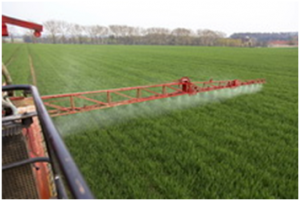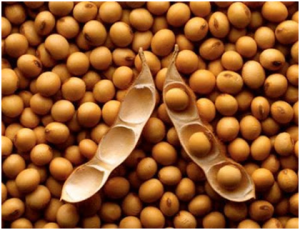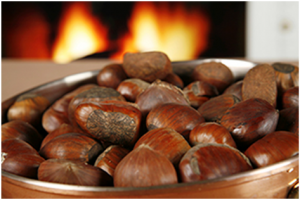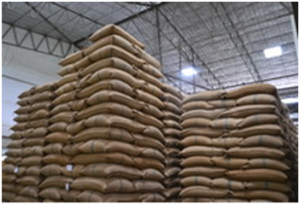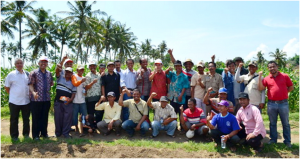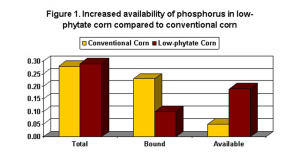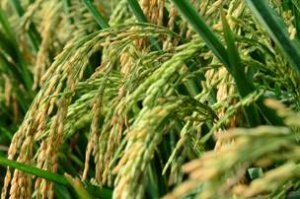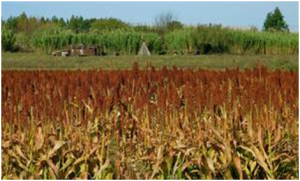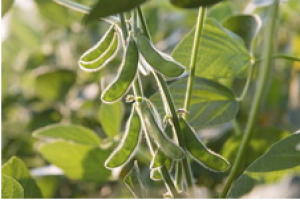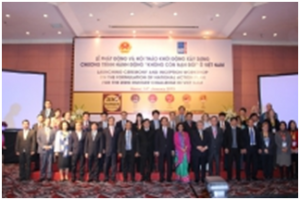|
SlAGL6 Gene is Key to Parthenocarpy in Tomato
Friday, 2018/05/11 | 07:55:04
|
|
Parthenocarpy is a desired trait in tomato since it can overcome problems with fruit setting under unfavorable conditions. A parthenocarpic tomato cultivar, ‘MPK-1', with a parthenocarpic gene, Pat-k, exhibits stable parthenocarpy, thus, producing few seeds and are propagated inefficiently via cuttings. The team of Rihito Takisawa from Kyoto University in Japan isolated the Pat-k gene to study its relationship with parthenocarpy and low seed set.
Results showed that Pat-k is located in the 529 kb interval between two markers, where 60 genes exist. The team also found that the SlAGAMOUS-LIKE 6 (SlAGL6) gene of ‘MPK-1' was mutated. This resulted in lowered transcript levels of SlAGL6 in ovaries of ‘MPK-1' than a non-parthenocarpic cultivar.
From these results, the team concluded that Pat-k is SlAGL6, and its downregulation in ‘MPK-1' causes parthenocarpy and low seed set. Moreover, down-regulation of Pat-k/SlAGL6 could cause abnormal ovule formation, leading to a reduction in the number of seeds.
For more information, read the article in BMC Plant Biology.
Figure 3: Genetic and physical map of the chromosome region at the Pat-k locus. Genetic map of the Pat-k locus (left side). Position of the markers are indicated in cM. The gray bar represents the position of the qpat1.1 (Pat-k) locus suggested by QTL analysis in this experiment. Physical map of the Pat-k locus (right side), which was delimited to the region between Affx-93,173,536 and TGS0486 using the data of the F3 population. The gray region represents the Pat-k locus, which was narrowed. Distance of the markers are indicated in kb |
|
|
|
[ Other News ]___________________________________________________
|


 Curently online :
Curently online :
 Total visitors :
Total visitors :
(30).png)




